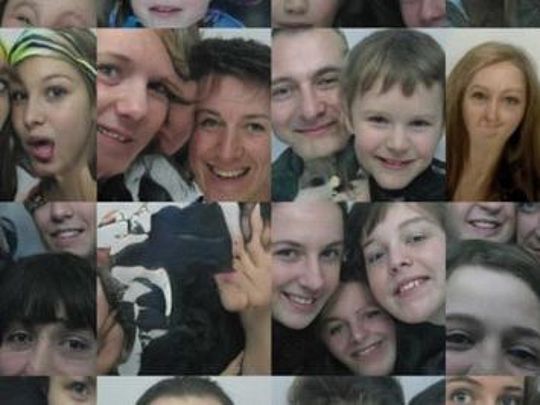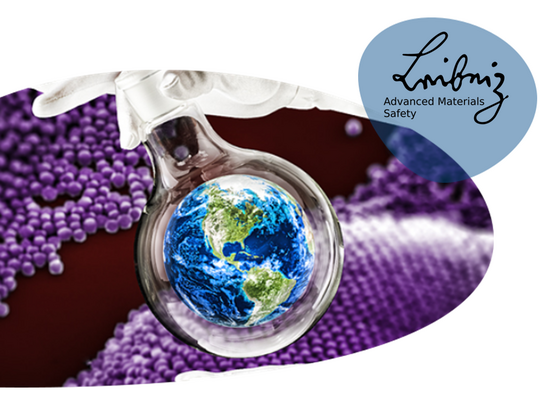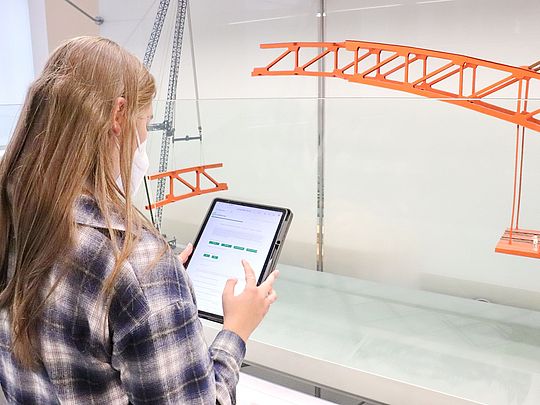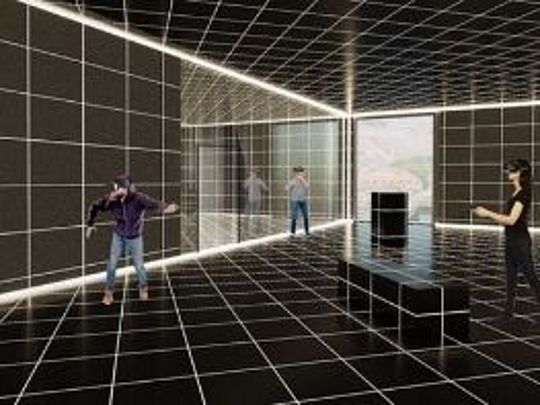
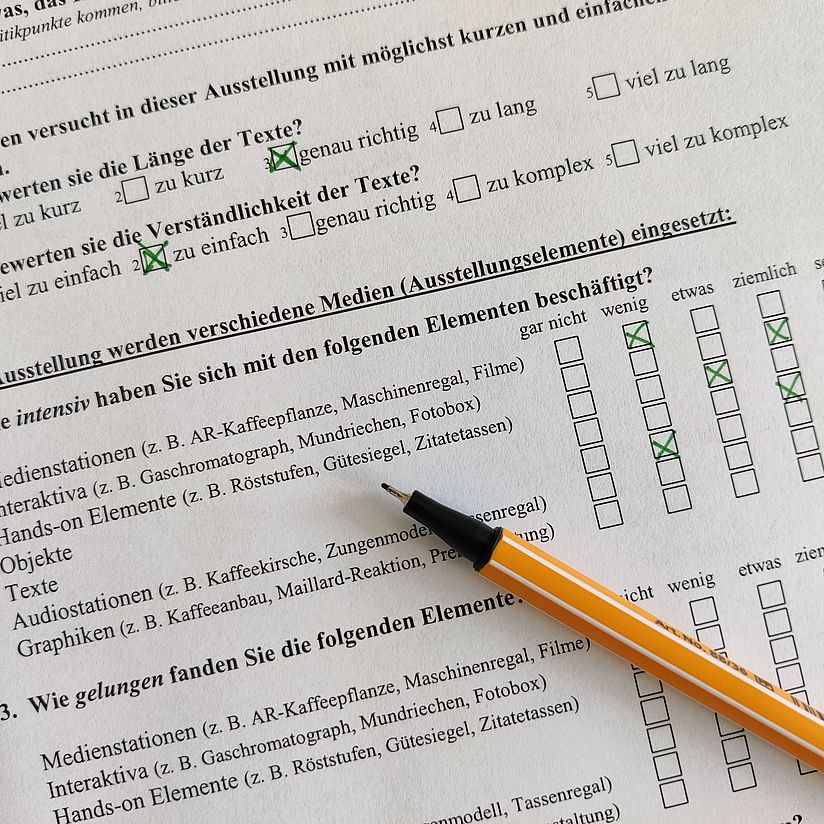
Photo: Deutsches Museum | Lorenz Kampschulte
Museological research
Evaluation research
At the Deutsches Museum, evaluation research is a central instrument in the visitor-oriented development of exhibitions and services. Depending on the question and the process phase, the research already begins with the idea phase of an exhibition and extends to the summative evaluation of a completed project.
Content
Evaluation research in the education department of the Deutsches Museum
- Museological research
Project description
For the Deutsches Museum, visitor research in the sense of an evaluation tool for planning exhibitions and services is a key component. The results should help to better address the target groups even before they come to the museum; internally, it serves as an instrument to improve exhibition communication by identifying and reducing orientation or comprehensibility problems in time. From a participatory point of view, it is an instrument for better integrating the opinions and views of the museum audience and involving them as dialogue partners.
Evaluation of new exhibitions RA1
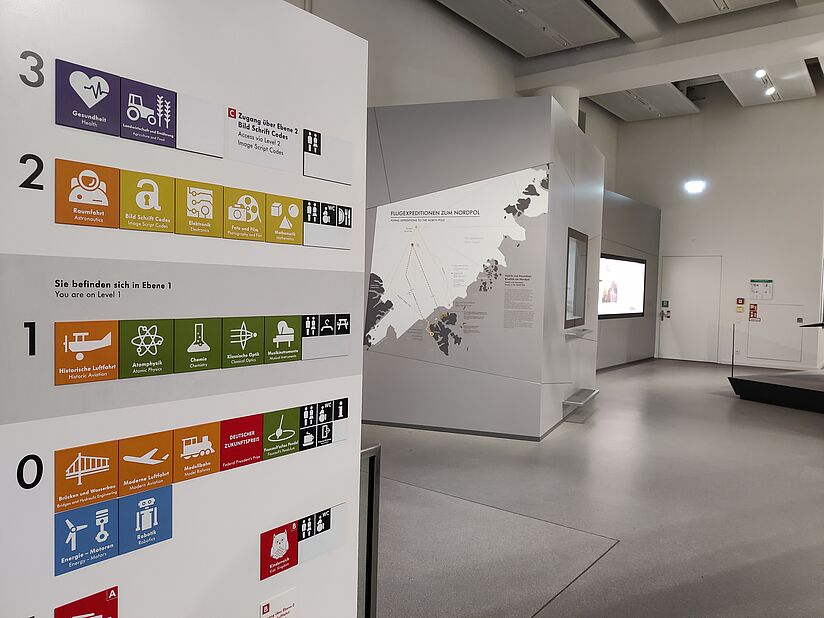
Evaluation of the redesigned exhibitions on Museum Island. Photo: Deutsches Museum | Lorenz Kampschulte
Comparative evaluation of all exhibitions in construction phase 1 (RA1) on the Museum Island
Since 2010, the main building of the Deutsches Museum on Museum Island has been undergoing general renovation. Following the opening of the first construction phase (RA1) in 2022 with 19 new exhibitions, a comparative evaluation of 16 exhibitions was carried out. The objectives of the study were: 1) to identify problem areas in newly designed exhibitions in order to develop structural or communication-related solutions; 2) to gain insights for the second renovation phase, adopt best practices, and optimize design specifications; 3) to establish a standard questionnaire for future evaluations and create a comparative database. The survey was standardized and comparable in order to identify initial trends in visitor perception, interests, and particular exhibition elements. The results serve as a basis for in-depth analysis and collaboration with the curatorial teams and designers.
Evaluation report of the 16 exhibitions as PDF
Building on the comparative study, the special exhibition Light and Matter was evaluated in spring 2025.
Report on the evaluation of the special exhibition Light and Matter as PDF
Comparative visitor structure analysis
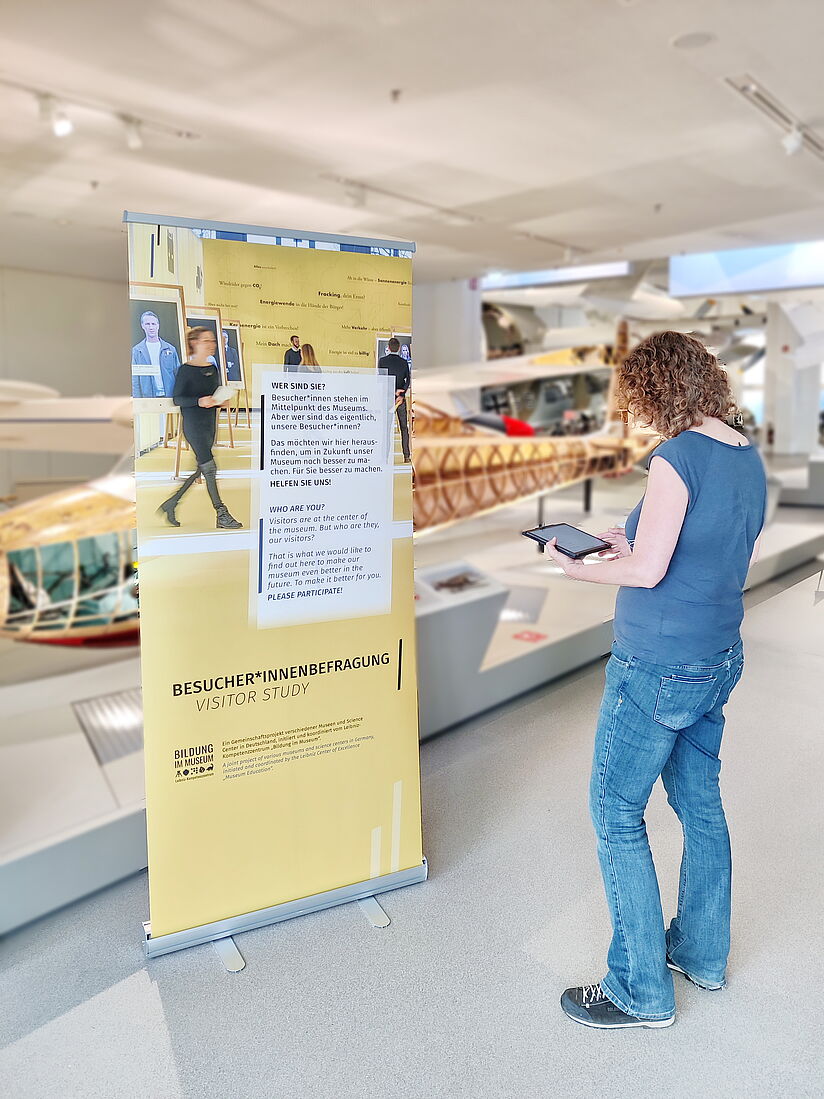
Participant filling out the Leibniz visitor structure analysis survey. Photo: Deutsches Museum | Lorenz Kampschulte
Comparative Leibniz visitor structure analysis in the three branch museums on Museum Island, the Verkehrszentrum, and in Bonn
As part of the Leibniz visitor structure analysis 2022/23, the survey was also conducted at three locations of the Deutsches Museum. The aim of this survey was to obtain a comprehensive and in-depth picture of visitors to different types of museums in Germany. To learn more about who actually visits which museums and why, the same study was conducted in 22 different museums in Germany and Austria.
Initial results comparing all museums were published in the article “Museums and their visitors” (p. 62), and the results of the first study from 2018/19 are published in the DM Studies series. Reports on the partial samples at the different Deutsches Museum locations are linked below as PDF files.
Leibniz VSA results report – Deutsches Museum Museum Island as PDF
Leibniz VSA results report – Deutsches Museum Verkehrszentrum as PDF
Leibniz VSA results report – Deutsches Museum Bonn as PDF
Evaluation Zukunftsmuseum

Entrance to the Deutsches Museum in Nuremberg - the museum of the future Photo: Lorenz Kampschulte
Evaluation of the newly opened museum in Nuremberg
New, innovative ideas are always flowing into new exhibitions, not only in terms of content but also in the area of presentation and education. This is especially true of our Future Museum ("Zukunftsmuseum") in Nuremberg, which deals with many complex, elusive topics and is constantly working with the future, which can only be exhibited in a very limited object-oriented way typical of museums.
In the context of this teaching practice project of the Master's program in Business, Organizational, and Social Psychology at the LMU, a group of students worked on developing a new (standard) questionnaire for exhibition evaluation that meets these new requirements. Focus group discussions, structured observations, and expert interviews with selected curators served as a basis. A special focus was on the well-being in the exhibitions and the different influencing factors. Subsequently, the questionnaire was validated with 109 people in the new museum in Nuremberg.
An image of the museum

A "typical" museum? Photo: Lorenz Kampschulte
Public perception of museums
If you talk to other people about museums, you often quickly find yourself talking about art museums. Special paintings, historical statues, silence. However, museums are much more than that, much more colorful. What exactly do people think about museums? What image do they have in their minds when they spontaneously talk about museums? We wanted to get to the bottom of this question with the study "Public Perception of Museums".
As part of the teaching practice project of the master's program in economic, organizational, and social psychology at LMU, a group of students took a closer look at the topic. A total of 400 people were surveyed outside the museum. It is very clear from the data that the main associations come primarily from the fields of art and history. Even in a picture ranking, the image of an exhibition of historical paintings is chosen as the typical representative in first place.
Evaluation "Mine"
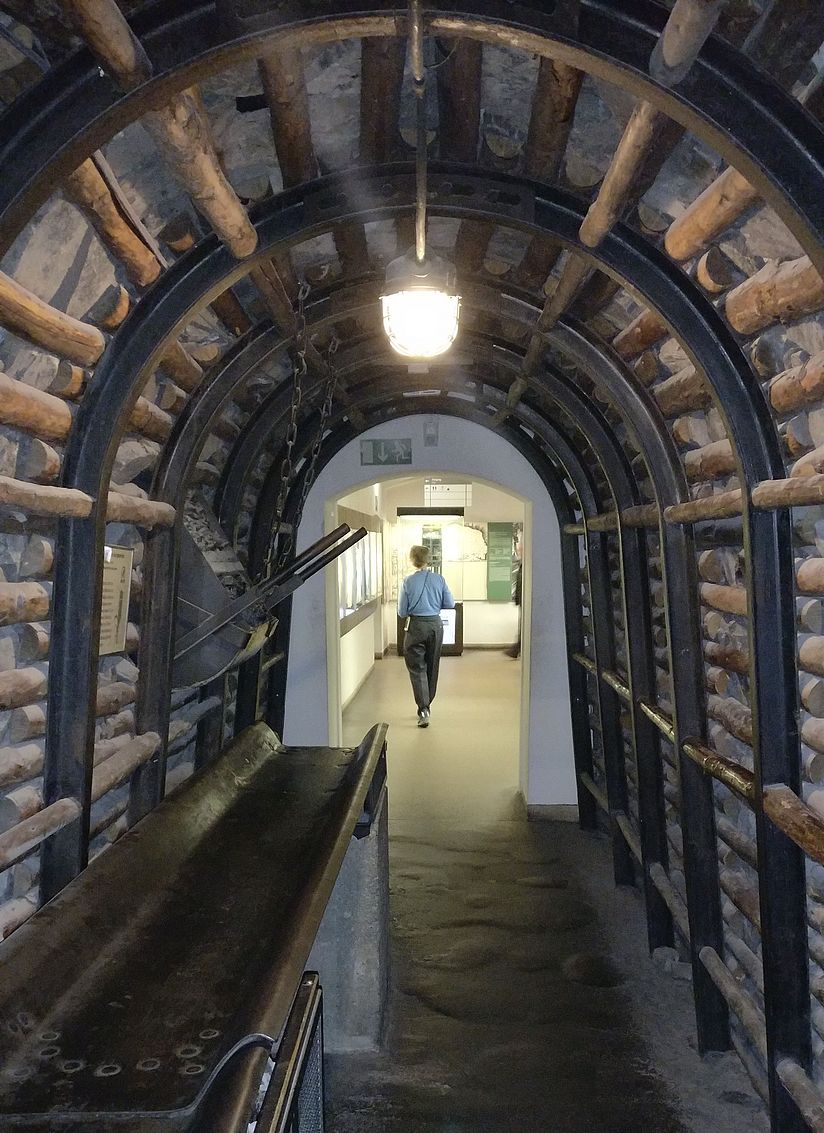
View of the Mining exhibition Photo: Dr. Lorenz Kampschulte | Deutsches Museum
Evaluation of the Mining exhibition
Mining has always been one of the most popular exhibitions at the Deutsches Museum. About 40% of all museum visitors in the main building also visit the mine. But what exactly makes it so successful? Why is it so popular with young and old that parents with their children and grandparents with their grandchildren come here especially to see it again? We wanted to find out more about this, also with a view to the necessary overhaul as part of the general renovation of the building. The study was conducted as part of a practical teaching project by the Department of Social Psychology at Ludwig-Maximilians-Universität München in cooperation with the Deutsches Museum. A group of students interviewed more than 180 visitors over the Christmas days 2019/20 and worked out details in several focus groups. The results show that the atmosphere in the mine is still unbeatable, but also that the didactic presentation is definitely not up to date.
Evaluation “Cosmos Coffee”
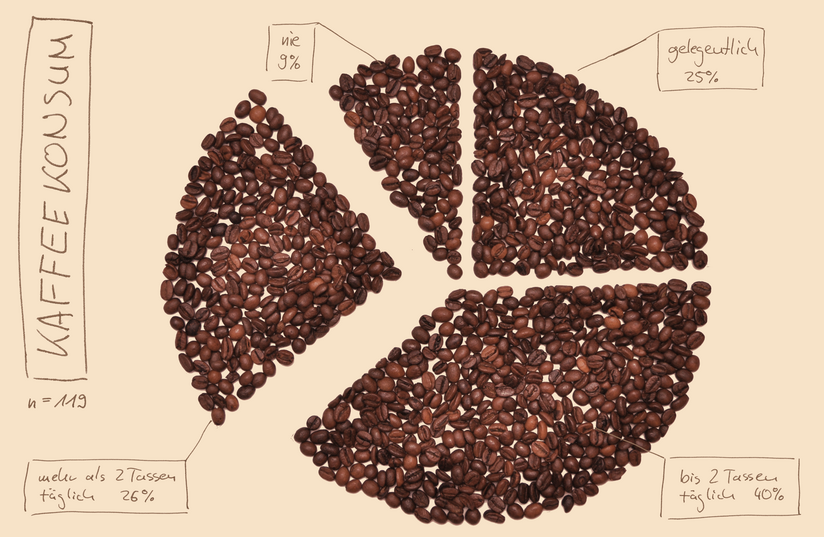
Diagram for the evaluation of the special exhibition “Cosmos Coffee” Photo: Deutsches Museum | Dr. Lorenz Kampschulte
Evaluation of the special exhibition “Cosmos Coffee”
The special exhibition “Cosmos Coffee” was evaluated in October and November 2019. Central points were the intensity of use of the individual exhibition areas, experiences with the digital media and the design of the exhibition. The survey put a special focus on the texts for the exhibition, which were designed to be particularly short and easy to understand. In addition to the socio-demographic data, the visitors’ coffee consumption and purchasing behaviour were also collected and analysed.
Overall, the exhibition was rated very positively by the approximately 120 visitors surveyed. About 85% of the visitors rated the length and complexity of the texts as “just right”, whereby occasional visitors tended to find the texts too long/too complex and visitors who visited exhibitions more than five times a year tended to find them too short/too simple. The amount of coffee consumed, on the other hand, has no influence on the exhibition visit – almost 10% of the visitors don’teven drink coffee.

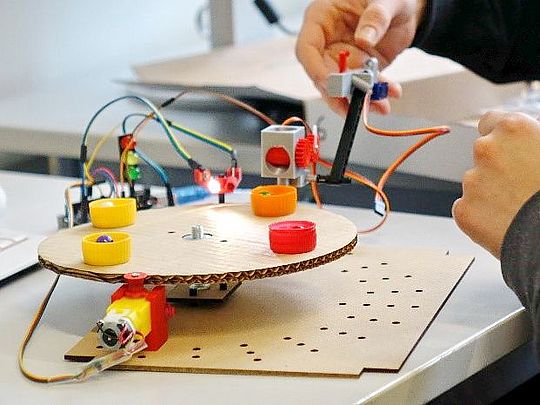
![[Translate to English:] [Translate to English:]](/assets/_processed_/6/7/csm_csm_CD_L_7595_007_4e658f8b19_6558ec8370.jpg)
